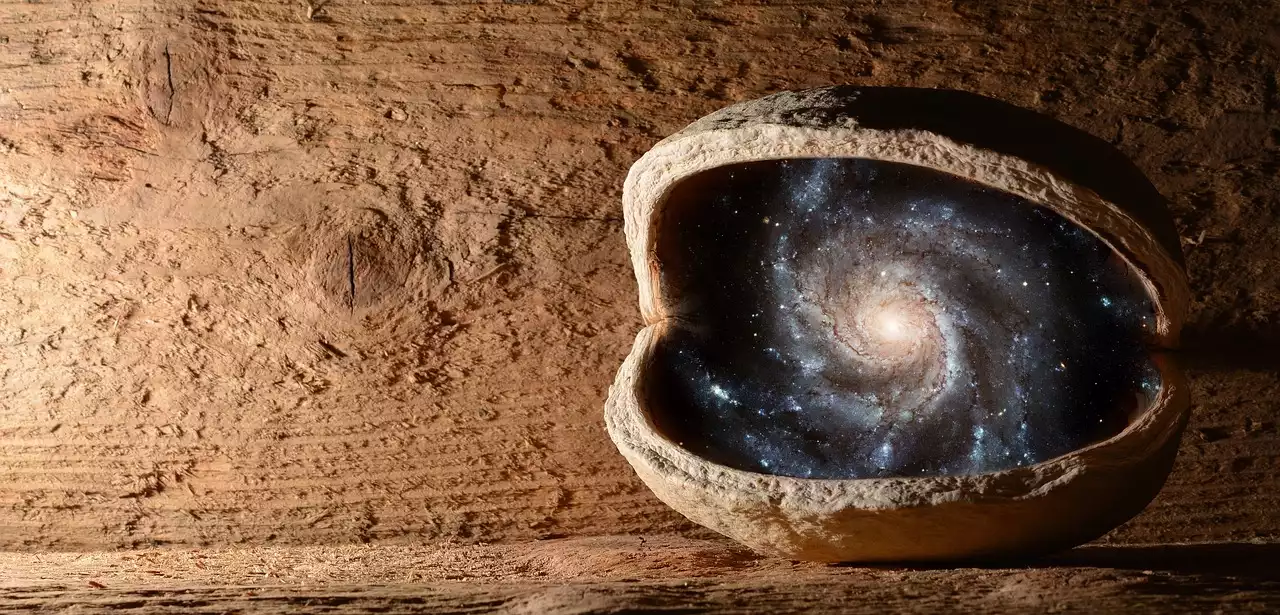Carbon is one of the most abundant elements in the universe. Most of the carbon in Earth comes from the conversion of methane, a hydrocarbon gas produced by animals and decomposing organic matter, into carbon dioxide (CO2), which plants use as a source of energy. However, even more, carbon exists beneath our feet. We are made of carbon and so are all living things on Earth. There’s more carbon underground than on the surface. The many uses for carbon range from its presence as an element in steel and plastic to its use as a feedstock for the manufacture of various chemicals or fermentation with ethanol to create biofuels like gasoline. Where does it all come from and what are some common uses for carbon?
How is carbon used in everyday life?
Carbon is the principal element in diamonds, coal, and petroleum. It is also found in natural gas, crude oil, and certain types of rocks. The two major uses of carbon are the production of energy and the production of materials. About 90% of the energy produced in the United States comes from burning fossil fuels such as coal and oil. When these fuels are burned, the carbon in them is converted to carbon dioxide, water, and other by-products. Carbon also is used to make iron and steel at an increasing rate. Steel and iron contain a small amount of carbon. Steel is used to make buildings, automobiles, and appliances. Iron is used to make rails for railways, tools, and machinery.
Carbon is an element in steel and plastic
Carbon is an essential element in the production of steel and plastics. Steel is an alloy that contains iron and carbon. Its primary uses are in the construction of buildings and bridges, as well as in appliances, tools, and machinery. The production of steel requires a carbon source, as well as iron ore. This is converted into iron, which is then melted down with the carbon source to produce steel. The production of plastics begins with the extraction of oil, which is the carbon source. A hydrocarbon is extracted from the oil, which is then broken down into hydrogen and carbon. These are heated to produce ethylene, which is then reacted with other compounds to produce a variety of different plastics.
Carbon dioxide is a building block of life
Carbon dioxide is also an important building block of life. It is used by plants to produce sugar, which is their source of energy. The plants then use the sugar to grow and make more plants. Some aquatic plants and seaweed also use carbon dioxide to build their structure. While the plants are growing, they “capture” the carbon dioxide, which is then stored in the plants. This is called carbon sequestration. The presence of carbon dioxide in the atmosphere helps regulate Earth’s temperature. Carbon dioxide is a greenhouse gas that traps heat inside the planet’s atmosphere. Carbon dioxide is produced when humans burn fossil fuels, such as coal and oil, as well as when they “decompose” organic matter, such as plants, trees, and leaves. It also occurs naturally when volcanoes erupt.
Biofuels: fermentation with ethanol
In the fermentation process, organisms, like bacteria, are used to convert a compound into another compound. The bacteria are fed a compound, such as cellulose, corn, or sugar cane, to produce another compound, such as ethanol, butanol, or methane. The fermentation process was first discovered in the brewing of beer, but today ethanol is often produced commercially by fermentation. Ethanol is a biofuel that can be used to power cars and other vehicles. Ethanol is produced when a microorganism, called a bacterium, is fed corn and sugar cane. The bacterium digests the corn and sugar cane and produces ethanol as a waste product. The ethanol is then purified and used as fuel.
Biofuels: synthesis from carbon dioxide
Carbon dioxide is also used to produce other fuels, such as propane and butane, which are found in natural gas. These gases are extracted from the carbon dioxide by using pressure and heat. This is called synthesis. Propane and butane are used for heating and cooking. Synthesis from carbon dioxide is used to make other fuels, such as ethanol and gasoline. Ethanol is made from a fermented sugar solution. Gasoline is derived from petroleum, which is a fossil fuel. Petroleum is a thick, dark, oily liquid that is made from the remains of ancient plants and animals. Petroleum is refined to produce gasoline, kerosene, and other fuels.
Chemicals derived from carbon
Carbon is also used to produce other materials, such as plastics, fertilizers, and synthetic rubber. These are made from hydrocarbons, which are chemicals that contain only hydrogen and carbon. Hydrocarbons are extracted from crude oil and other fossil fuels by a process called cracking. Cracking heats the oil, which breaks it into smaller molecules that are used to make plastics, fertilizers, and synthetic rubber. Another important chemical that is derived from carbon is ammonia, which is used to produce fertilizer. Nitrogen is found in the air, but it is in a form that plants cannot use. Ammonia is formed when air is passed over a heated source of carbon, such as natural gas.


 What is Industry and its sectors?
What is Industry and its sectors?
 Building an App for a Smartphone
Building an App for a Smartphone Types of Selfie Sticks for Mobile Phones
Types of Selfie Sticks for Mobile Phones Water Sustains Life as we Know It
Water Sustains Life as we Know It The Importance of the Element Oxygen
The Importance of the Element Oxygen Nitrogen is Essential to Life on Earth
Nitrogen is Essential to Life on Earth Hydrogen is a Life Building Block
Hydrogen is a Life Building Block